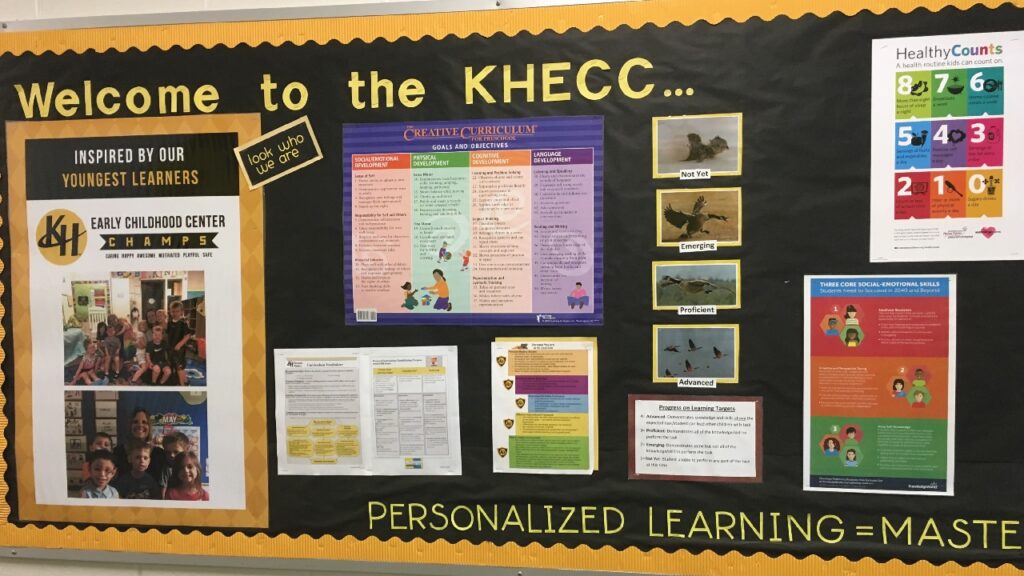Kenowa Hills Public Schools in Grand Rapids, Michigan, takes a different approach to helping every student succeed.

Rather than advancing students based on age or time spent in class, the district centers its learning around mastery. Students track their own progress, set learning goals and understand what steps are needed to reach key milestones. Teachers serve as guides, helping learners reflect, adapt and stay engaged in their growth.
This approach is known as “personal mastery.”
Making learning transparent
Personal mastery also comes with a fresh approach to grading. Instead of points or the traditional A–F grading, progress is communicated through a clear 1–4 proficiency scale. This scale helps clarify where each student stands in the learning process, offering a more accurate picture of what they know and can do.
To support understanding, the district uses student-friendly visuals and simple language that make learning expectations clear:

1: Not Yet – Just beginning.
Needs more support before taking flight.

2: Emerging – Demonstrates some understanding.
Starting to stretch those wings.

3: Proficient – Shows full understanding.
Flying with confidence.

4: Advanced – Goes beyond expectations.
Ready to lead and support others in the flock.
These visuals and messages are woven throughout the school environment, signaling to students and families that growth, not grades, matters most.
Why it matters
In traditional systems, it’s possible for students to pass without mastering every concept, leading to gaps that compound over time. Kenowa Hills’ personal mastery approach ensures that each student builds a solid foundation before advancing. That stronger footing supports academic achievement and builds learner confidence.
Learn more about how personalized learning is empowering educators and students in Kenowa Hills:





